![Major Differences Between Big Data and Data Science [2024] 1 Post thumbnail](https://www.guvi.in/blog/wp-content/uploads/2024/07/major_differences_between_big_data_vs_data_science.webp)
Major Differences Between Big Data and Data Science [2024]
Sep 21, 2024 6 Min Read 1554 Views
(Last Updated)
In today’s digitally-driven era, the realms of big data and data science have emerged as pivotal elements for understanding and leveraging the vast ocean of data generated every second. With technologies such as Apache Spark and Apache Kafka at the forefront, the ability to harness data patterns, construct statistical models, and implement efficient data processing has transformed industries across the globe.
Big data and data science, while often used interchangeably, harbor distinct nuances that delineate their roles, applications, and the insights they generate.
Recognizing the significance of these fields not only sets the stage for advanced data exploration but also accentuates the necessity for businesses to adopt big data technologies and data science tools to stay competitive and innovative.
In this article, you will be guided through a comprehensive exploration of both big data and data science—beginning with their definitions, moving on to delineating their core differences, and discussing their respective advantages and disadvantages.
Table of contents
- 1) Understanding Big Data
- 1) Characteristics (Volume, Velocity, Variety)
- 2) Key Tools and Technologies
- 2) Understanding Data Science
- 1) Multidisciplinary Approach
- 2) Key Tools and Technologies
- 3) Core Differences between Big Data and Data Science
- 1) Data Scope and Scale
- 2) Analytical Techniques
- 4) Advantages and Disadvantages of Big Data and Data Science
- 1) Big Data
- 2) Data Science
- 5) Application Scenarios for Big Data and Data Science
- 1) Industry Use Cases for Big Data
- 2) Industry Use Cases for Data Science
- Takeaways...
- FAQs
- How do data science and big data differ from each other?
- What are the five critical aspects of big data?
- What distinguishes big data from data analytics?
- What is the significance of big data in data science?
1) Understanding Big Data
Big data is a term that encapsulates the immense volume of data that is generated from multiple sources daily. This data is characterized by its vast size, high velocity, and diverse variety, which conventional data processing tools are inadequate to handle.
![Major Differences Between Big Data and Data Science [2024] 2 big data and data science](https://www.guvi.in/blog/wp-content/uploads/2024/08/Image-1-5.png)
Understanding big data involves recognizing its key characteristics and the technologies that manage it effectively.
1.1) Characteristics (Volume, Velocity, Variety)
The three foundational characteristics of big data—often referred to as the three Vs—are Volume, Velocity, and Variety.
- Volume: The quantities of data generated are enormous. For instance, social media platforms like Facebook and Instagram produce data in the range of petabytes and exabytes. This sheer volume requires advanced processing technologies beyond the capabilities of standard desktop CPUs.
- Velocity: Data is generated at unprecedented speeds. For example, data from social media posts, business transactions, and IoT devices needs to be processed almost in real time, making it essential for systems to handle rapid data intake and processing.
- Variety: Today’s data comes in multiple formats—structured, semi-structured, and unstructured. From traditional databases to emails, PDFs, photos, and videos, the diverse formats increase the complexity of data processing.
1.2) Key Tools and Technologies
To manage the complexities of big data, various technologies have been developed. These include:
- Data Storage: Technologies like NoSQL databases offer flexible schemas, ideal for handling the variety and velocity of big data.
- Data Mining: Tools such as Apache Hadoop and Elasticsearch are used to extract valuable patterns and insights from vast datasets.
- Data Analytics: Technologies like Apache Spark allow for the processing of large data sets with speed, facilitating complex analytical tasks and machine learning.
- Data Visualization: Data Visualization Tools such as Tableau and PowerBI help in transforming complex data sets into visually appealing and understandable formats.
These technologies not only help in managing and analyzing big data but also play a crucial role in transforming raw data into actionable insights, thereby driving business decisions and strategies.
Understanding these tools and their applications is essential for leveraging the full potential of big data in various industries.
Before we move into the next section, ensure you have a good grip on data science essentials like Python, MongoDB, Pandas, NumPy, Tableau & PowerBI Data Methods. If you are looking for a detailed course on Data Science, you can join GUVI’s Data Science Course with Placement Assistance. You’ll also learn about the trending tools and technologies and work on some real-time projects.
Additionally, if you want to explore Python through a self-paced course, try GUVI’s Python course.
2) Understanding Data Science
Data science is a multidisciplinary field that leverages scientific methods, processes, algorithms, and systems to extract knowledge and insights from structured and unstructured data.
![Major Differences Between Big Data and Data Science [2024] 3 Data Science life cycle](https://www.guvi.in/blog/wp-content/uploads/2024/08/Image-2-5.png)
As you explore the world of data science, you’ll discover that it integrates various statistical models and data processing techniques to analyze and interpret complex data sets.
2.1) Multidisciplinary Approach
Data science amalgamates several disciplines including statistics, mathematics, computer science, and domain-specific knowledge. This integration allows you to:
- Identify relevant questions and data sets.
- Collect and organize data efficiently.
- Develop predictive models and algorithms.
- Communicate findings effectively to stakeholders.
This approach ensures that you are not just handling data, but also extracting value from it, which is crucial for informed decision-making in any business.
2.2) Key Tools and Technologies
To effectively work within the realm of data science, several tools and technologies are essential:
- Statistical Analysis: Tools like R and Python provide powerful platforms for statistical analysis and data modeling.
- Machine Learning: TensorFlow and Scikit-learn are examples of technologies that enable machine learning, offering both predictive capabilities and insights into data.
- Data Manipulation: Pandas is a Python library used extensively for data manipulation and analysis.
- Data Visualization: Technologies such as Matplotlib and Seaborn in Python help in visualizing data patterns in a comprehensible manner.
These tools are pivotal in transforming raw data into actionable insights, thereby enhancing your ability to make strategic decisions based on robust data analysis.
3) Core Differences between Big Data and Data Science
3.1) Data Scope and Scale
Big data and data science, while often intertwined, serve distinct purposes with unique scopes and scales.
Big Data: Big data primarily focuses on the collection, storage, and processing of large volumes of data. This data, characterized by the three Vs—Volume, Velocity, and Variety—includes everything from structured to unstructured data.
Technologies such as Hadoop, Apache Spark, and NoSQL databases are instrumental in managing these aspects.
Data Science: On the other hand, data science goes beyond mere data handling. It involves extracting actionable insights from both processed and raw data using sophisticated analytical methods.
![Major Differences Between Big Data and Data Science [2024] 4 Data Scope and Scale](https://www.guvi.in/blog/wp-content/uploads/2024/08/Image-3-5.png)
Data science integrates various techniques from statistics, machine learning, and deep learning to not only analyze data but also to predict and influence future outcomes. The scope of data science is thus broader, encompassing data cleansing, preparation, and complex data analysis.
3.2) Analytical Techniques
The analytical techniques employed in big data and data science also highlight core differences.
Big Data: Big data uses technologies like MapReduce and Spark to handle data at scale, focusing on the efficiency of data processing and storage. The primary aim is to manage data pipelines effectively, ensuring scalability and speed.
Data Science: Data science, however, employs a more refined set of analytical techniques aimed at deeper understanding and prediction. These include:
- Descriptive Analytics: Understanding patterns from past data.
- Diagnostic Analytics: Analyzing past data to understand why certain outcomes occurred.
- Predictive Analytics: Using historical data to predict future outcomes, incorporating machine learning and artificial intelligence.
- Prescriptive Analytics: Suggesting actions based on predicted outcomes.
The precision of these analytics depends heavily on the quality of the underlying data. Errors or inconsistencies in the data can lead to inaccurate analyses, making the role of data cleansing and preparation crucial in data science.
Big Data vs Data Science Comparison Table
| Factor | Big Data | Data Science |
| Definition | Handling and processing vast amounts of data | Extracting insights and knowledge from data |
| Objective | Efficient storage, processing, and management of data | Analyzing data to inform decisions and predict trends |
| Focus | Volume, velocity, and variety of data | Analytical methods, models, and algorithms |
| Primary Tasks | Collection, storage, and processing of data | Data analysis, modeling, and interpretation |
| Tools/Technologies | Hadoop, Spark, NoSQL databases (e.g., MongoDB) | Python, R, TensorFlow, Scikit-Learn |
| Data Types | Structured, semi-structured, unstructured | Processed and cleaned data for analysis |
| Outcome | Accessible data repositories for analysis | Actionable insights, predictive models |
| Skill Set | Data engineering, distributed computing | Statistical analysis, machine learning, programming |
| Typical Roles | Data Engineers, Big Data Analysts | Data Scientists, Machine Learning Engineers |
| Applications | Real-time data processing, large-scale data storage | Predictive analytics, data-driven decision making |
| Key Techniques | Distributed computing, data warehousing | Statistical modeling, machine learning algorithms |
This table encapsulates the fundamental distinctions between big data and data science, providing you with a clear understanding of their roles and methodologies.
As you navigate through the data-driven landscape, recognizing these differences will aid in selecting the right approach for your specific needs.
4) Advantages and Disadvantages of Big Data and Data Science
4.1) Big Data
Advantages:
- Improved Decision-Making: Big data equips leaders with extensive insights, enhancing decision-making capabilities across all levels of an organization. It provides a robust foundation for making informed choices that are critical in a competitive business environment.
- Enhanced Customer Engagement: By analyzing customer behavior and preferences, big data helps tailor products and services to meet the diverse needs of different demographic groups, thereby boosting customer loyalty and sales.
- Operational Efficiency: Through predictive analytics and real-time data processing, big data can significantly enhance operational efficiency, reducing costs and improving service delivery.
- Innovative Solutions: Researchers and organizations use big data to tackle complex societal issues like domestic violence and homelessness, leading to more effective resource allocation and support services.
![Major Differences Between Big Data and Data Science [2024] 5 Advantages of Big Data](https://www.guvi.in/blog/wp-content/uploads/2024/08/Image-7-2.png)
Disadvantages:
- High Costs: The infrastructure required to handle, process, and analyze big data can be prohibitively expensive, involving substantial investment in technology and specialized skills.
- Privacy Concerns: The vast amount of personal data collected can lead to severe privacy issues, raising ethical concerns and potential legal implications.
- Data Quality and Management: Poor data quality can skew analytics, leading to inaccurate conclusions and decisions. Managing large volumes of data requires sophisticated tools and processes, which can be complex and costly.
- Skills Gap: There is a significant demand for professionals skilled in big data technologies. The scarcity of such talent can hinder the implementation of effective big data strategies.
4.2) Data Science
Advantages:
- Multiple Career Opportunities: Data science offers a plethora of career paths in various sectors, making it a versatile and attractive field for professionals.
- Business Optimization: By transforming complex data into actionable insights, data science enables organizations to enhance operational efficiency, boost revenue, and optimize product delivery.
- Highly Paid Positions: Due to the high demand and the specialized skill set required, careers in data science are among the most lucrative in the tech industry.
![Major Differences Between Big Data and Data Science [2024] 6 Benefits Data Science](https://www.guvi.in/blog/wp-content/uploads/2024/08/Image-4-7.png)
Disadvantages:
- Technical Complexity: The field of data science is highly technical, requiring proficiency in areas like statistics, machine learning, and data manipulation, which can be challenging to master.
- Data Privacy Issues: Similar to big data, the use of data science raises concerns regarding data privacy, as sensitive information is often analyzed and utilized in decision-making processes.
- Resource Intensive: Implementing data science solutions can be resource-intensive, requiring significant investments in technology and training, which may not be feasible for all organizations.
5) Application Scenarios for Big Data and Data Science
5.1) Industry Use Cases for Big Data
Big data is revolutionizing various industries by enabling enhanced decision-making through the analysis of vast amounts of unstructured data. Here are some notable applications of big data:
![Major Differences Between Big Data and Data Science [2024] 7 big data applications](https://www.guvi.in/blog/wp-content/uploads/2024/08/Image-5-6.png)
- Retail: Retailers harness big data to dissect customer preferences and buying patterns, facilitating targeted marketing and personalized recommendations, which enhance customer engagement and sales.
- Healthcare: Healthcare institutions utilize big data for improving patient outcomes by identifying trends, predicting disease outbreaks, and optimizing treatment plans through extensive data analysis.
- Financial Services: In finance, big data is pivotal for detecting fraudulent activities, managing risks, and making informed investment decisions, thereby safeguarding assets and optimizing financial operations.
- Manufacturing: Manufacturers leverage big data to fine-tune production processes, predict maintenance needs, and reduce downtime, which boosts productivity and decreases operational costs.
- Government: Government agencies apply big data in policy-making, urban planning, and resource allocation, promoting evidence-based decisions and enhancing public service delivery.
- Energy Sector: Energy companies use big data to optimize energy production and distribution, identify consumption patterns, and foster energy efficiency, contributing to sustainable practices.
5.2) Industry Use Cases for Data Science
Data science is integral across various sectors, providing deep insights and predictive capabilities that drive strategic decisions and innovation. Here are some applications of data science:
![Major Differences Between Big Data and Data Science [2024] 8 Industry Use Cases for Data Science](https://www.guvi.in/blog/wp-content/uploads/2024/08/Image-6-5.png)
- Healthcare: Data scientists work closely with medical professionals to enhance diagnoses and treatments, utilizing predictive models and patient data to foresee health issues and improve care.
- Financial Services: The finance sector relies on data science for security enhancements, risk management, and personalized customer service, which includes fraud detection and customer behavior analysis for tailored financial solutions.
- Retail and E-Commerce: In retail, data science aids in inventory management, pricing strategies, and customer experience enhancement by analyzing purchasing behaviors and optimizing service delivery.
- Manufacturing: Data science in manufacturing leads to predictive maintenance and quality control, ensuring efficient operations and product excellence.
- Energy: In the energy sector, data science drives operational efficiencies and supports the development of renewable energy sources by analyzing data from smart grids and sensors.
- Government: Data science helps government agencies in predictive analytics for public service needs, policy-making, and security enhancements through comprehensive data analysis and modeling.
These applications demonstrate how big data and data science are indispensable tools across industries, each playing a unique role in transforming data into actionable insights and strategic decisions.
Kickstart your Data Science journey by enrolling in GUVI’s Data Science Course where you will master technologies like MongoDB, Tableau, PowerBI, Pandas, etc., and build interesting real-life projects.
Alternatively, if you want to explore Python through a self-paced course, try GUVI’s Python course.
Takeaways…
Navigating through the digital terrain, it becomes evident that the worlds of big data and data science, although intertwined, serve unique purposes and pave distinct pathways toward innovation and strategic decision-making.
This article has laid out the core differences, applications, and the powerful synergy that exists when these fields merge.
The insights gathered and the comparative frameworks discussed should empower you with the clarity needed to navigate the complexities of big data and data science, heralding a new era of informed, data-centric strategies across industries.
FAQs
1. How do data science and big data differ from each other?
Big Data primarily focuses on the accumulation and management of vast amounts of diverse data to support large-scale web applications and extensive sensor networks. On the other hand, Data Science is dedicated to creating models that identify the underlying patterns in complex systems and translate these findings into practical applications.
2. What are the five critical aspects of big data?
The five critical aspects, or the 5 V’s, of big data are velocity, volume, value, variety, and veracity. These are the essential and inherent characteristics that define big data.
3. What distinguishes big data from data analytics?
Big data involves the collection of large and intricate datasets, whereas data analytics refers to the process of deriving significant insights from data. Essentially, big data provides the material that data analytics processes and analyzes.
4. What is the significance of big data in data science?
Big data plays a crucial role in data science by enabling the analysis and evaluation of various factors such as production, customer feedback, and returns. This analysis helps in minimizing disruptions and predicting future needs. Additionally, big data supports enhanced decision-making processes that align with current market trends.

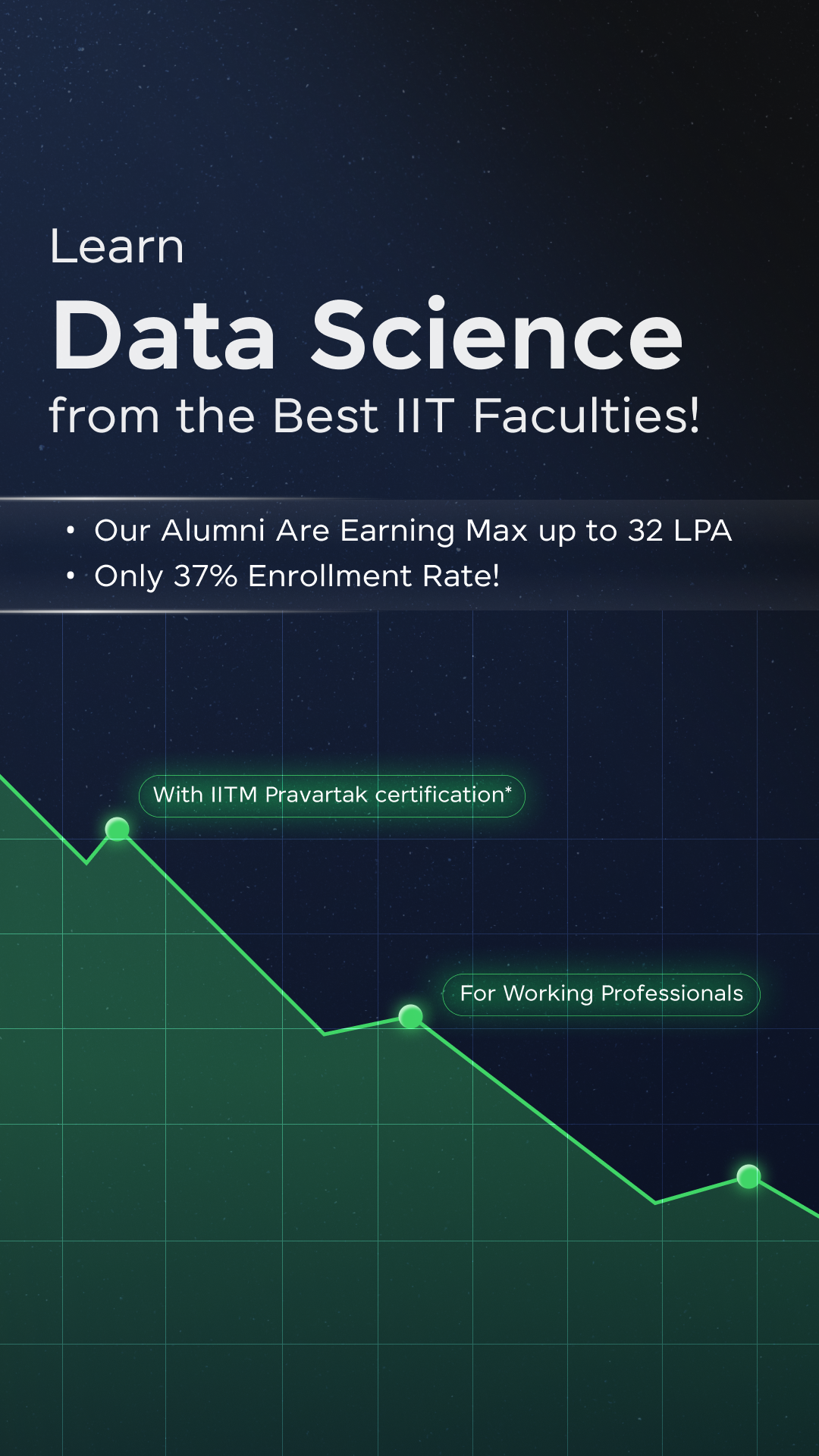













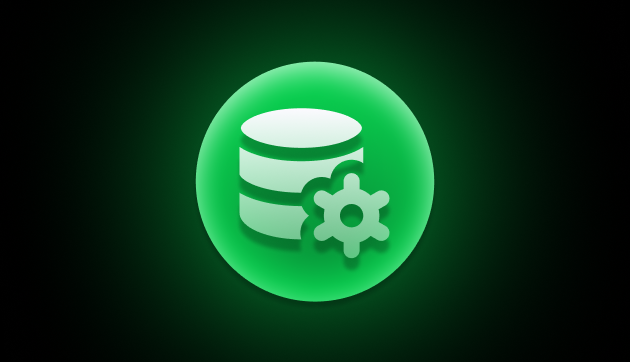
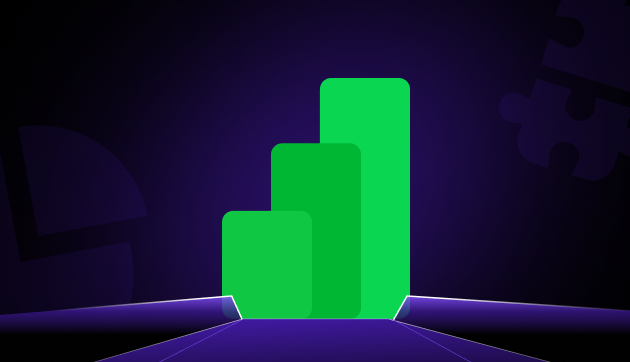
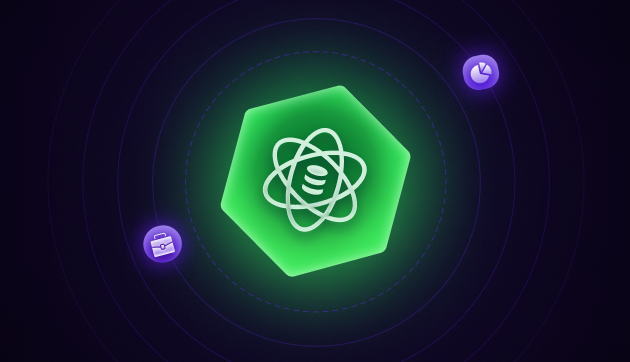
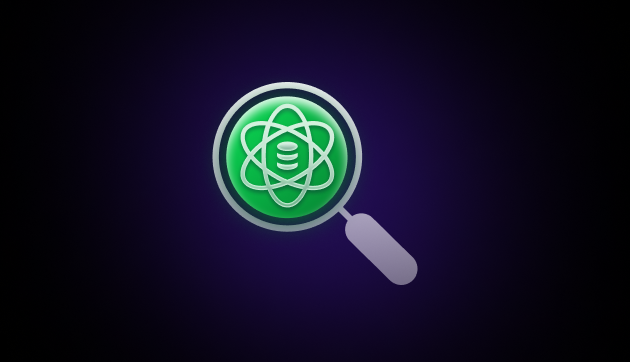

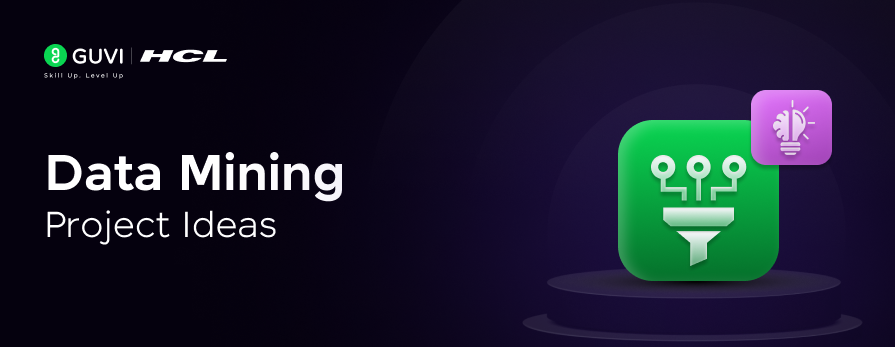
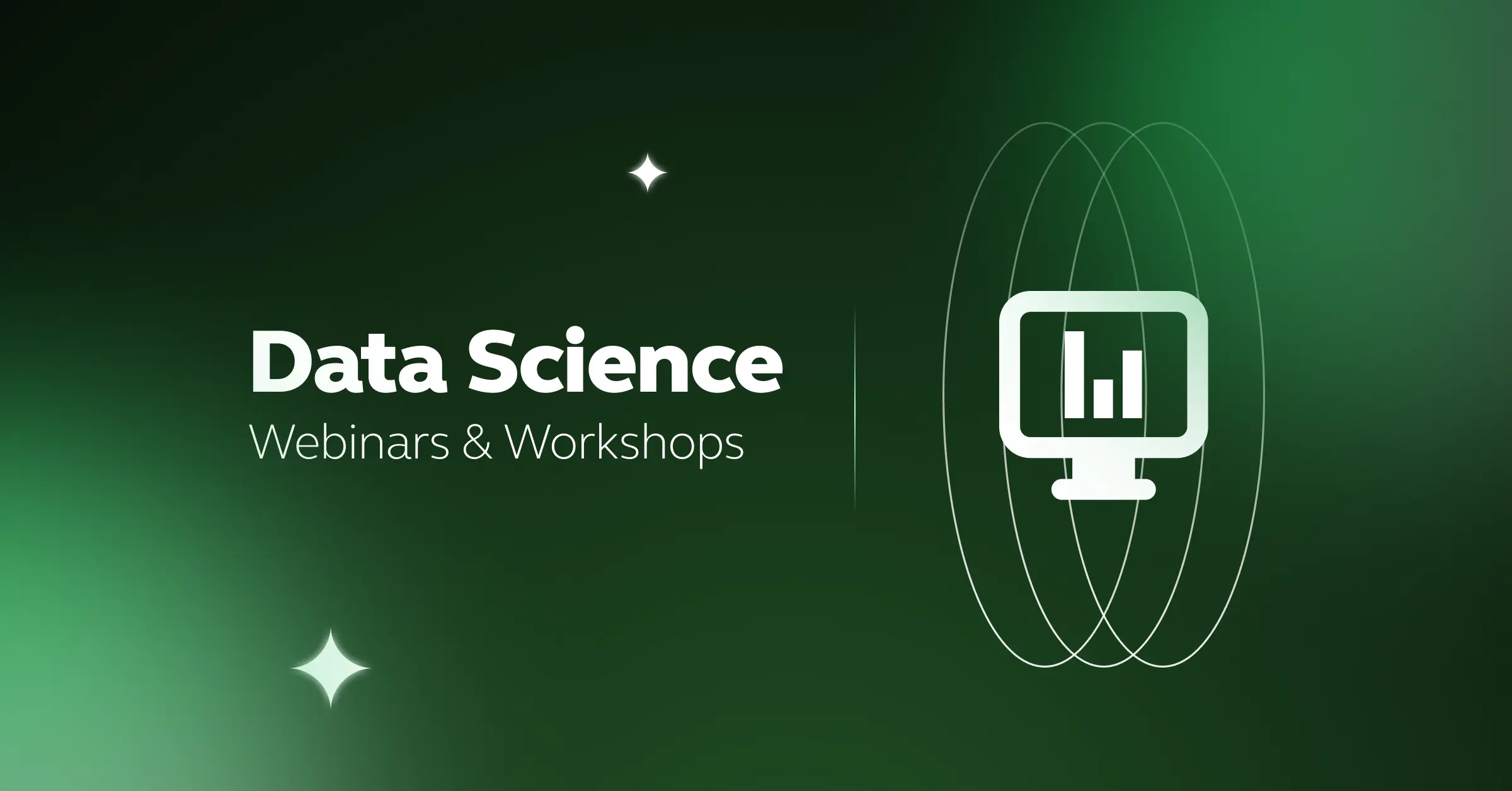
![Top 13 Tableau Projects [with Source Code] 12 tableau projects](https://www.guvi.in/blog/wp-content/uploads/2024/11/Tableau-Project-Ideas.png)
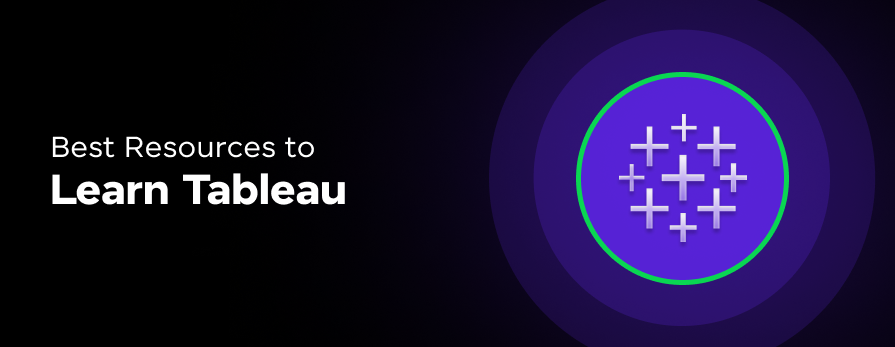
Did you enjoy this article?